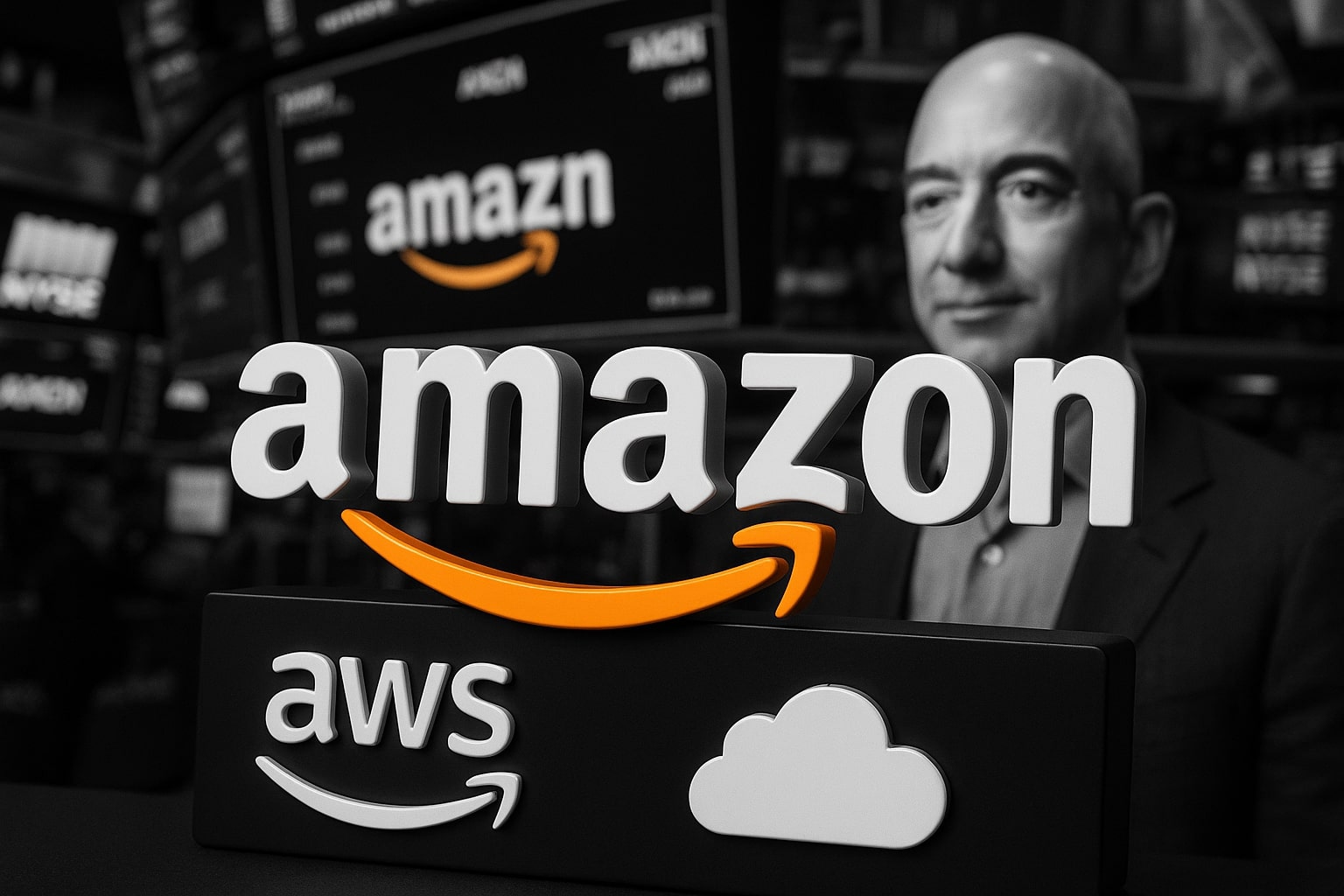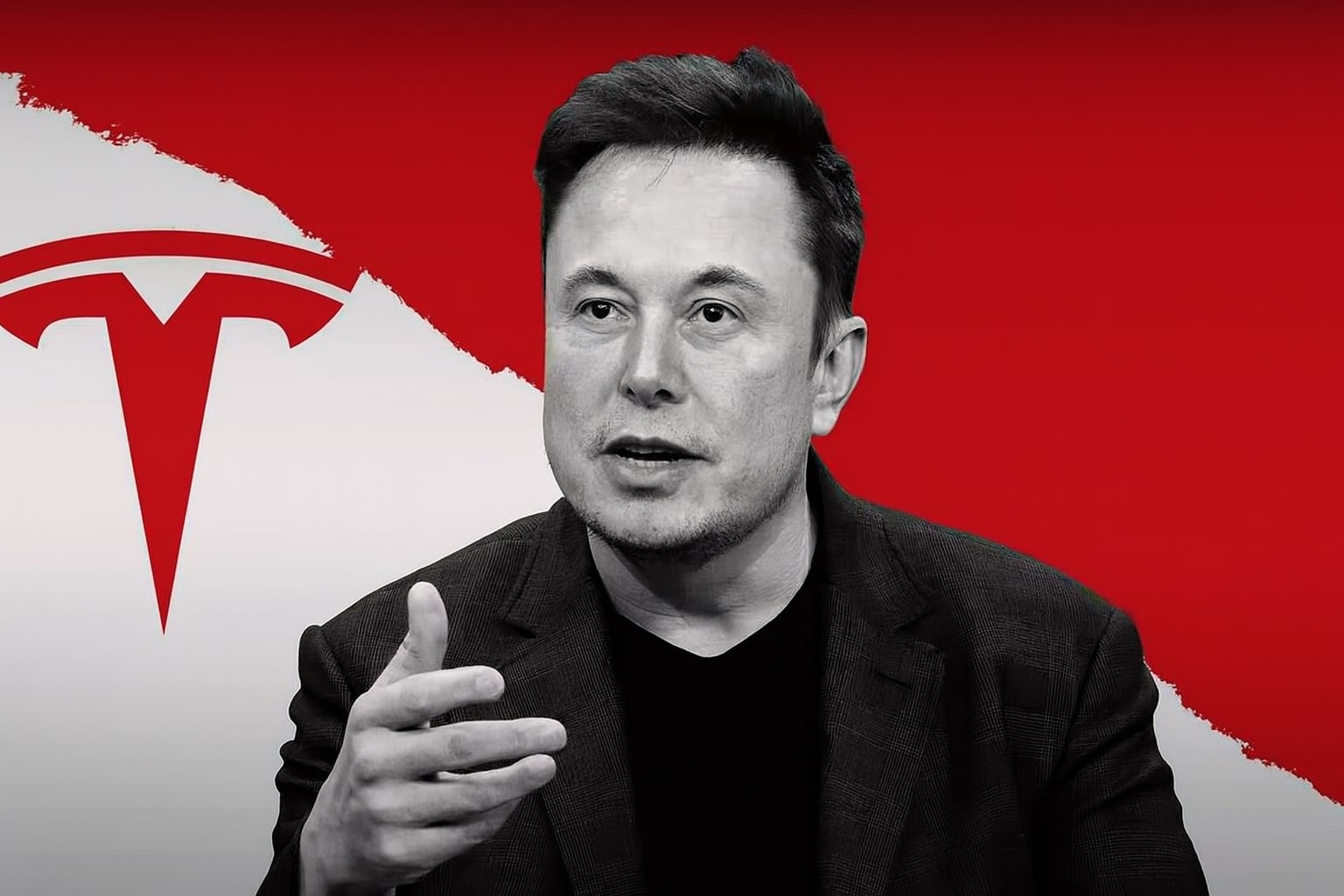NASDAQ: AMZN Slides to $216.37 as Cloud Growth, Cash Flow Power, and AI Spending Collide
Amazon.com, Inc. (NASDAQ: AMZN) closed sharply lower at $216.37, down 4.99%, with another 0.59% dip after hours at $215.10. The session wiped roughly $120 billion in market value, bringing the company’s capitalization to $2.308 trillion. Despite the drop, fundamentals remain deeply robust—$670.04 billion in trailing twelve-month revenue, $70.62 billion in net income, and a massive $121.14 billion in operating cash flow. The stock, now trading near the 200-day moving average at $214.48, faces a near-term battle between short-term sentiment and long-term growth expectations centered on AWS, digital advertising, and AI-driven infrastructure.
Amazon’s Core Metrics Reflect Scale and Efficiency
Amazon’s revenue base of $670.04 billion grew 13.3% year over year, while gross profit reached $332.38 billion, representing a margin close to 49.6%. Operating income stood at $76.19 billion, delivering an 11.4% operating margin, and net income climbed to $70.62 billion, translating into a 10.54% net margin. The company’s earnings per share came in at $6.56, up 34.7% year over year, reflecting margin expansion across North America retail and AWS operations. The firm’s return on equity reached 24.77%, while return on assets stood at 7.70%, demonstrating efficiency in capital utilization despite record capital expenditures for AI and logistics infrastructure.
Cash Flow Strength Highlights Amazon’s Resilience
Amazon’s cash generation remains unmatched in the consumer and technology sectors. The company posted $121.14 billion in operating cash flow over the trailing twelve months, with levered free cash flow of $31.02 billion after investments in fulfillment and data centers. Amazon’s cash position at the most recent quarter reached $93.18 billion, offset by $159.57 billion in total debt, maintaining a 1.02 current ratio. This balance sheet strength allows Amazon to absorb heavy AI-driven capex cycles while preserving liquidity, sustaining its reinvestment strategy through self-financing rather than debt issuance or equity dilution.
Valuation Compression Opens Strategic Opportunity
At the closing price of $216.37, Amazon trades at a trailing P/E ratio of 32.98 and a forward P/E of 28.57, well below its historical 10-year median multiples. Its price-to-sales ratio of 3.58 and EV/EBITDA of 16.79 mark an undervalued setup compared to growth peers in the Magnificent Seven. The PEG ratio of 1.97 signals that current valuation levels do not fully capture expected double-digit earnings growth. Wall Street’s average price target sits at $266.56, with upper-end targets of $275–$280, implying roughly 23–28% upside potential from current levels if margin expansion and AWS momentum continue through 2026.
AWS and Advertising: The Twin Engines of Profitability
Amazon Web Services remains the company’s most profitable division, contributing 18.4% of total revenue but generating 53.1% of total operating income. AWS revenue reached $24.6 billion last quarter, with growth stabilizing in the mid-teens following a normalization period. Profit margins in the 30–40% range underscore AWS’s efficiency and resilience against macro volatility. Meanwhile, Amazon’s advertising division posted $15.7 billion in quarterly revenue, up 22% year over year, confirming it as the company’s fastest-growing segment. The high-margin ad business, anchored in retail, Prime Video, and sports streaming, is now a structural profit driver capable of offsetting cyclical retail pressures.
E-Commerce Dominance and Margin Expansion
E-commerce remains Amazon’s largest revenue source, accounting for nearly two-thirds of total sales. Online store revenue grew 11% year over year to $61.4 billion in Q2 2025, supported by marketplace strength and third-party seller services. North American retail margins improved from mid-single to high-single digits, while international operations advanced from low-single to mid-single digits. The expansion of same-day delivery coverage and fulfillment network optimization reduced delivery times by 20% year over year, reinforcing Amazon’s cost leadership advantage. Despite tariff-induced cost pressures, Amazon’s diversified logistics and domestic fulfillment base helped shield margins, preserving market share while absorbing short-term pricing volatility.
Analyst Forecasts and Earnings Outlook
Analysts project Amazon’s Q3 2025 revenue at $177.55 billion, with an EPS estimate of $1.55, while Q4 2025 revenue is expected to hit $207.89 billion. For full-year 2025, consensus forecasts $708.37 billion in revenue and $6.62 in EPS, rising to $780.46 billion and $7.58 respectively in 2026. These forecasts represent 11% annualized sales growth and 14% earnings expansion, driven primarily by AWS and advertising leverage. With top-line acceleration expected into 2026 and cost normalization post-capex peak, Amazon’s free cash flow margins are projected to recover to 8–9% within two years.
Market Reaction and Technical Context
The sharp 4.99% selloff followed a broader technology rout that pulled NASDAQ: AMZN below its 50-day moving average of $225.65, yet it remains marginally above the 200-day average at $214.48. Trading volume reached 68.8 million shares, nearly 1.6 times the three-month average, indicating institutional rotation rather than panic liquidation. The stock’s 52-week range spans $161.38–$242.52, positioning the current price roughly 11% below its February all-time highs. Technical support lies near $214–$208, with resistance between $225–$230, followed by the psychological $240 level.
Ownership, Insider Activity, and Institutional Trends
Institutional ownership remains dominant, with 66.33% of float held by funds and insiders controlling 8.44%. Short interest is minimal at 0.8% of float, equivalent to 1.68 days to cover, underscoring strong investor confidence. For live data on management trades, visit AMZN Insider Transactions, which show minimal selling pressure despite volatility. Amazon’s 10.66 billion shares outstanding provide deep liquidity and stability, keeping the company among the most institutionally held equities worldwide.
Capital Efficiency and Long-Term Investment Profile
Amazon’s return on invested capital continues to rise as logistics, AI infrastructure, and automation investments scale. Despite heavy spending, Amazon’s leverage ratio remains conservative, and its interest coverage far exceeds sector averages. The company’s free cash flow margin of 4.6%, coupled with reinvestment yields above 10% ROIC, supports sustained intrinsic value growth. Analysts from multiple institutions forecast $1 trillion in annual revenue by 2029, a trajectory that would position Amazon as one of the most capital-efficient conglomerates globally.
Verdict: BUY — Structural Cash Flow Strength and Cloud Leverage Support Upside to $270
Amazon’s fundamentals remain firmly intact. At $216.37, NASDAQ: AMZN trades at valuations that fail to reflect its operating resilience, expanding margins, and secular leadership in e-commerce, cloud, and digital advertising. With AWS contributing over half of operating profit, advertising growing at 20%+, and free cash flow returning to pre-2022 highs, the pullback presents accumulation opportunity. My 12-month base valuation sits between $260–$275, with upside to $280 on AWS acceleration and Ads expansion. The Buy rating reflects both margin durability and balance sheet strength amid temporary market volatility. For continuous price monitoring, visit AMZN Real-Time Chart.
That's TradingNEWS



















